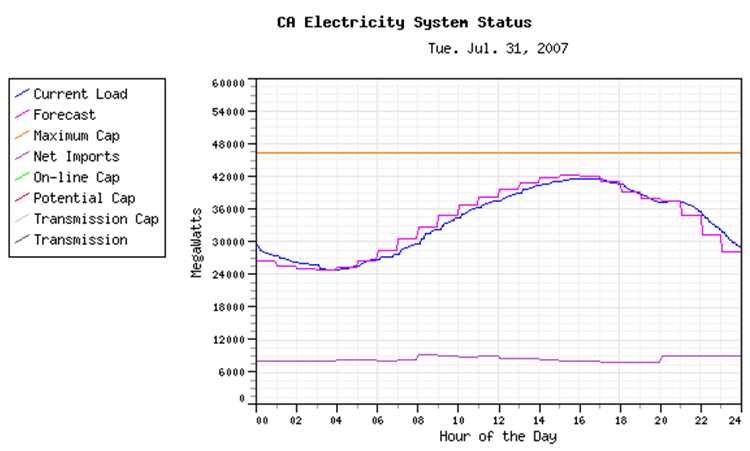The solution to this problem might lie in smartgrids. Smartgrids transform an otherwise "dumb" energy allocation system into an intelligent, self optimizing network. Tapping into internet based innovations could provide the system with a much needed boost in organizing power. By bringing the smartgrid to the power industry, we can bring about change similar to that of the Internet on the total economy.
The need for a smartgrid is apparent when we consider a new technology, plug-in hybrids, that are now being used to help ease our oil-addiction woes. According to a study by Oak Ridge Laboratory, 160 new power plants would need to be built if everyone plugged in during the early evening, the peak electricity time. This is an expensive proposition. Instead, with a smartgrid, the local utilities could stagger charging times and change rates for off-time power. With smart technology helping out, virtually none, if any, new power plants would have to be constructed.
Upgrading our nation's grid to become more technologically updated is an expensive public works project. Though it would be a significant cost, it is likely to pale in comparison to the savings and benefits generated from the change. The Electrical Power Research Institute estimates that poor reliability and outdated mechanics of the grid costs $100 billion. With a similar investment, a smart grid, according to their findings, generate trillions in extra annual GDP for the U.S. By working with legislators, on a local, state and federal level, as well as bringing in consumers and private companies, we can find a way to upgrade our grid and secure prosperity in our future. The innovation and technology is there. All we need now is the political willpower.


